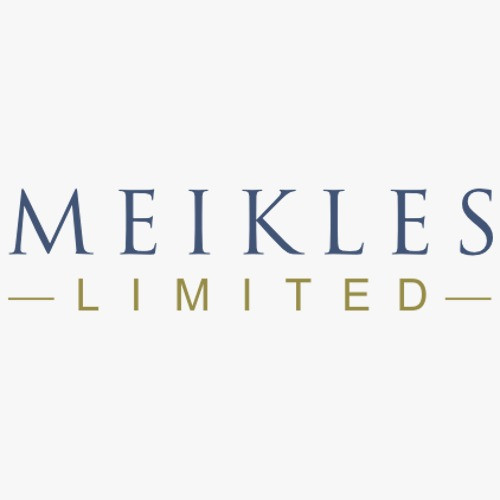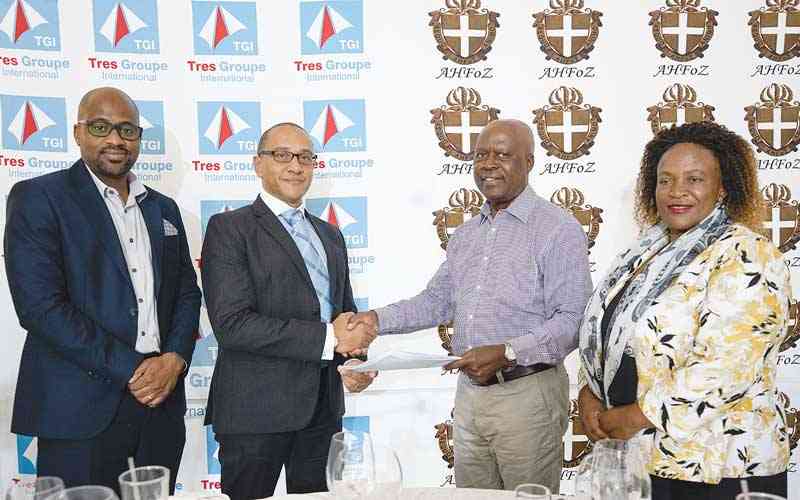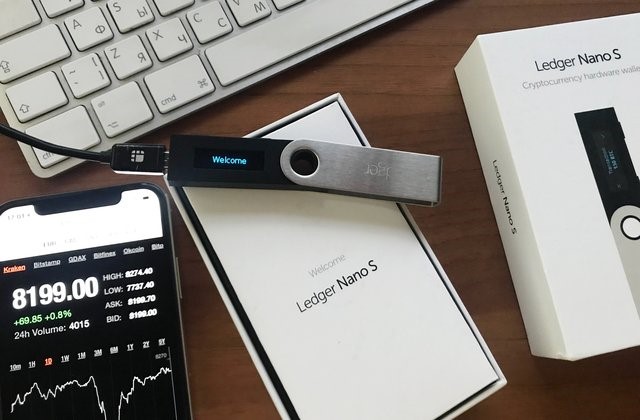
MEIKLES Limited’s trade payables more than doubled to ZiG925,78 million in its financial year ended February 28, 2025, evoking parallels with the supplier debt spiral that has crippled rival OK Zimbabwe, casting doubt on retail stability.
In the prior period, Meikles trade payables were ZiG397,64 million.
In February, OK revealed a debt of US$30,34 million, which it owed its suppliers, an accrual after the retailer failed to honour its obligations.
Meikles operates 74 TM Pick n Pay supermarkets in Zimbabwe, holding a 51% stake in partnership with South African retailer, Pick n Pay Group, which owns 49%.
“The credit period on purchases ranges from 7 to 60 days (2024: 7 to 60 days) from the date of the statement. Suppliers are paid predominantly on a prepayment or cash basis. Interest is charged by certain but not all suppliers on overdue payables,” Meikles said in a statement attached to its financial statement for the year ended February 28, 2025.
“Trade payables comprise outstanding amounts for trade purchases. The directors consider that the carrying amount of trade payables approximates their fair values.”
Total group revenue of ZiG12,51 billion was recorded for the period, a decline of 1,85% from the prior year.
Meikles supermarkets segment contributed 99,61% to the total.
- Mavhunga puts DeMbare into Chibuku quarterfinals
- Bulls to charge into Zimbabwe gold stocks
- Ndiraya concerned as goals dry up
- Letters: How solar power is transforming African farms
Keep Reading
Meikles acting chairperson Fayaz King said its retail revenue declined by 2%.
“While the number of units sold for the year grew by 1%, there were significant fluctuations throughout the year. Units sold declined by 19% in the first quarter, increased by 24% in the second quarter, rose by 8% in the third quarter and then decreased by 3% in the fourth quarter,” he said.
“The authorities controlled the in-store exchange rate throughout the year, whereas informal players used higher exchange rates aligned with the parallel market exchange rate, allowing them to offer competitive US$ prices.”
Forex revenue during the year accounted for 23% of the
total, up from 17% in the previous year.
“However, this revenue mix fell far short of the average mix of transactions conducted in foreign currency within the economy, creating challenges in trading terms with suppliers, further compromising formal retail versus the informal sector,” King said.
He said the retail segment continued to meet its short-term obligations when they fell due, with the retailer maintaining higher inventory levels versus its competitors, while ensuring the adequate rotation of inventory and continued supply commitment from its suppliers.
In a further sign of mounting short-term pressure, Meikles’s non-trade liabilities — comprising accruals, taxes and provisions — nearly doubled to ZiG260 million during the review period,
from ZiG131 million in the prior year.
The escalation in these other obligations points to deeper liquidity constraints, mirroring broader stress signals across Zimbabwe’s formal retail sector.
The sharp rise in unpaid obligations comes as Meikles posted a ZiG264,02 million group loss from continuing operations, from a profit after tax of ZiG429,2 million in the prior period.
From the loss, ZiG206 million was from Meikles’s retail segment.
“The group reported a loss of ZiG264 million from continuing operations, a decline from a profit of ZiG405 million in the previous year,” King said.
“The previous year’s profit was substantially attributed to the net monetary adjustment, which was elevated due to high inflation levels experienced in the last quarter of the previous year.
“This year, the net monetary adjustment declined by 61% to ZiG628 million (Previous year: ZiG1,6 billion) as inflation was not as pronounced as in the previous year.”
Group net operating costs increased by 4% to ZiG3,4 billion during the period under review, reflecting the impact of US dollar price increases on certain expense categories.
“The repeal of SI (Statutory Instrument) 81A through SI34 of 2025 marks a turning point for formal retail, restoring fairer trading conditions and enabling price competitiveness in USD,”
King said.
“The group’s supermarket segment is well-positioned, with a healthy liquidity profile to capitalise on these improvements.”
Total assets were ZiG3,23 billion for the period under review, a 27% rise from the prior year, driven by a 94% increase in cash and bank balances.










